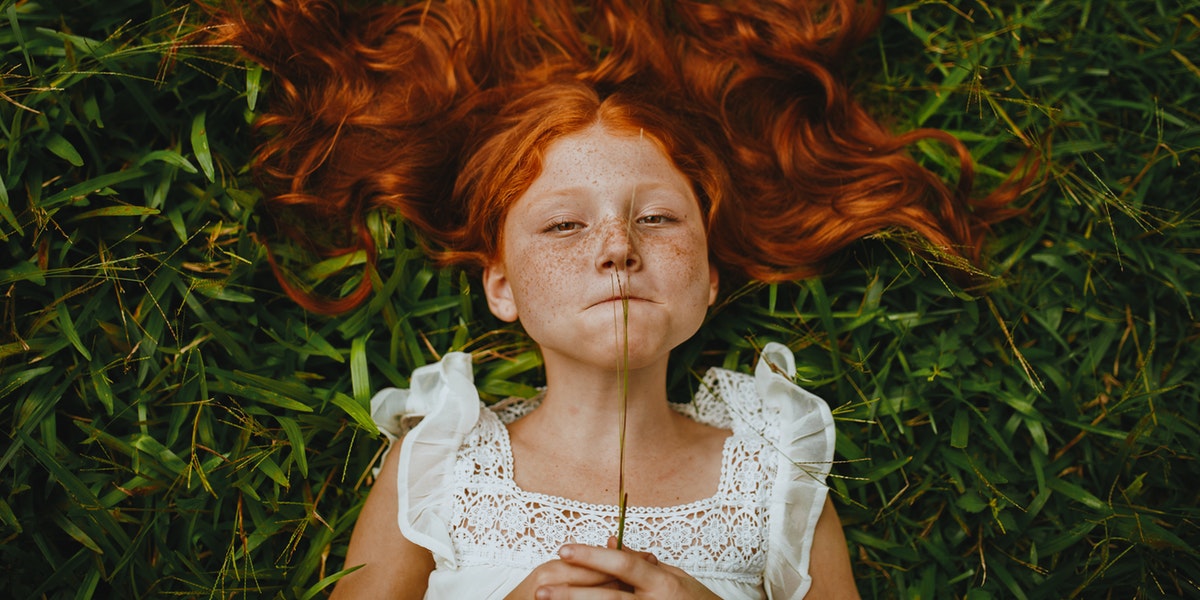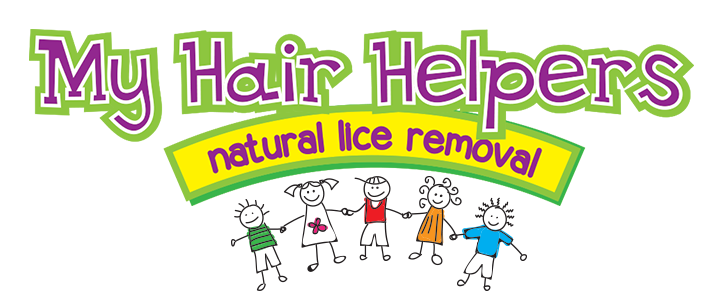Lice aren’t really all that picky. As long as you have hair on your head, it’s possible to get head lice. It’s not the hair that lice are after, however. Instead, they need to get to the scalp where they can nourish themselves with blood. In the end, they don’t care whether that hair is short, long, curly, straight or neon blue.
That said, there are some hair types that lice do prefer in the sense that it’s easier to climb and reach the scalp. Here are four types of hair that head lice would give an A+ if they could.
1. Long hair
Girls are more likely to get head lice than boys because they have longer hair. Lice prefer long hair because it’s easier to access. If the louse can jump onto the hair, it will do so and then climb up to the scalp where it can live for up to 30 days. To lower the risk of contracting head lice, some people tie their child’s hair up in a bun or ponytail. However, it only takes a quarter-inch of hair for a louse to settle in. Wearing the hair up only does so much.
2. Hair without styling products
It is true that African Americans are less likely to contract head lice, but it has nothing to do with the hair. Instead, African Americans are more likely to use styling products like gels and creams, and these products act as repellents. Hair that contains styling gel or hairspray is less attractive to lice because it’s more difficult to climb.
3. Hair on an active child
Head lice is spread by head-to-head contact. They cannot jump, swim or fly, so a louse has to be that close to another head to crawl over. When doing this, the louse attaches itself onto the new host’s hair using its claws while still holding onto the old host. Active children who go to school, summer camp, sleepovers or daycare are at a higher risk for getting lice because they come into close contact with other children.
4. Hair that isn’t combed
It’s a good idea to screen your child’s hair at least once a week for lice. You will need a well-lit area and fine-tooth comb to do this. Part the hair and look for crawling lice and nits. They can be hard to find because they don’t like light and move quickly. Other than the scalp, you can check for lice at the hairline, back of the neck or behind the ears. If you don’t comb your child’s hair, you could miss out on catching a problem early, and the lice will reproduce.
Remember, as long as there is hair on your head, lice won’t turn you down. If your child does have lice, it’s important to act quickly, as lice can spread. My Hair Helpers offers in-home and in-salon head lice treatments that come with a 30-Day Lice Free Guarantee and Lifetime Protection. Call us today to schedule your appointment, or shop for our DIY products online.


